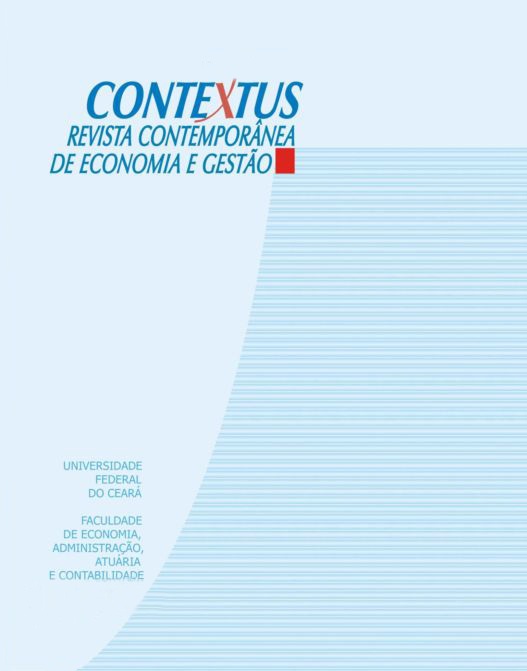ESTRUTURA DE PROPRIEDADE NO BRASIL: EVIDÊNCIAS EMPÍRICAS NO GRAU DE CONCENTRAÇÃO ACIONÁRIA
DOI:
https://doi.org/10.19094/contextus.v5i2.32087Keywords:
Estrutura de Propriedade, Concentração Acionária, Análise de Variância Paramétrica.Abstract
Este estudo investiga se existem diferenças de rentabilidade,valor de mercado, estrutura de capital, risco e tamanho doativo em relação ao grau de concentração acionária de empresasbrasileiras não-financeiras, listadas na Bovespa, entre osanos de 1997 a 2001. Como metodologia o grau de concentraçãoacionária foi dividido em três categorias, conformeproposta de Pedersen e Thomsen (1997) – dispersa, dominantee majoritária – e analisaram-se as diferenças das variáveisinvestigadas entre essas categorias, pelos métodos estatísticosde Análise de Variância Paramétrica e Não-Paramétrica. Osresultados indicam que não há diferença significativa entrevalor de mercado, estrutura de capital, tamanho do ativo erentabilidade do patrimônio líquido em relação ao grau deconcentração acionária. Entretanto, constataram-se diferençasestatísticas significativas entre crescimento da receita e instabilidadedo mercado, com o grau de concentração acionária.Conclui-se que em mercados instáveis há maior concentraçãode propriedade pela relação de dependência entre performancee concentração acionária.Downloads
Published
How to Cite
Issue
Section
License
The authors, while doing the submission, accept the notice below:
We authors hold the copyright related to our paper and transfer Contextus journal the right for the first publication with a Creative Commons’ international license of the modality Attribution – Non-commercial 4.0, which in turn allows the paper to be shared providing that both the authorship and the journal’s right for initial release are acknowledged.
Furthermore, we are aware of our permission to take part in additional contracts independently for non-exclusive distribution of the version of our work published in this journal (e.g. publishing it in an institutional repository or as a book chapter), while acknowledging both the authorship and the journal’s initial publication.
We also certify that the paper is original and up to this date has not been released in any other journal, Brazilian or of another nationality, either in Portuguese or another language, as well as it has not been sent for simultaneous publication in other journals.
Last, we not only know that plagiarism is not tolerated by Contextus but also certify the paper presents the sources of passages from cited works, including those authored by ourselves.









3.png)


1.jpg)



1.jpg)


1.jpg)






.jpg)



1.jpg)

1.jpg)


1.jpg)

1.jpg)
1.jpg)
2.png)




1.jpg)
2.jpg)

1.jpg)





1.jpg)


1.jpg)
1.jpg)
